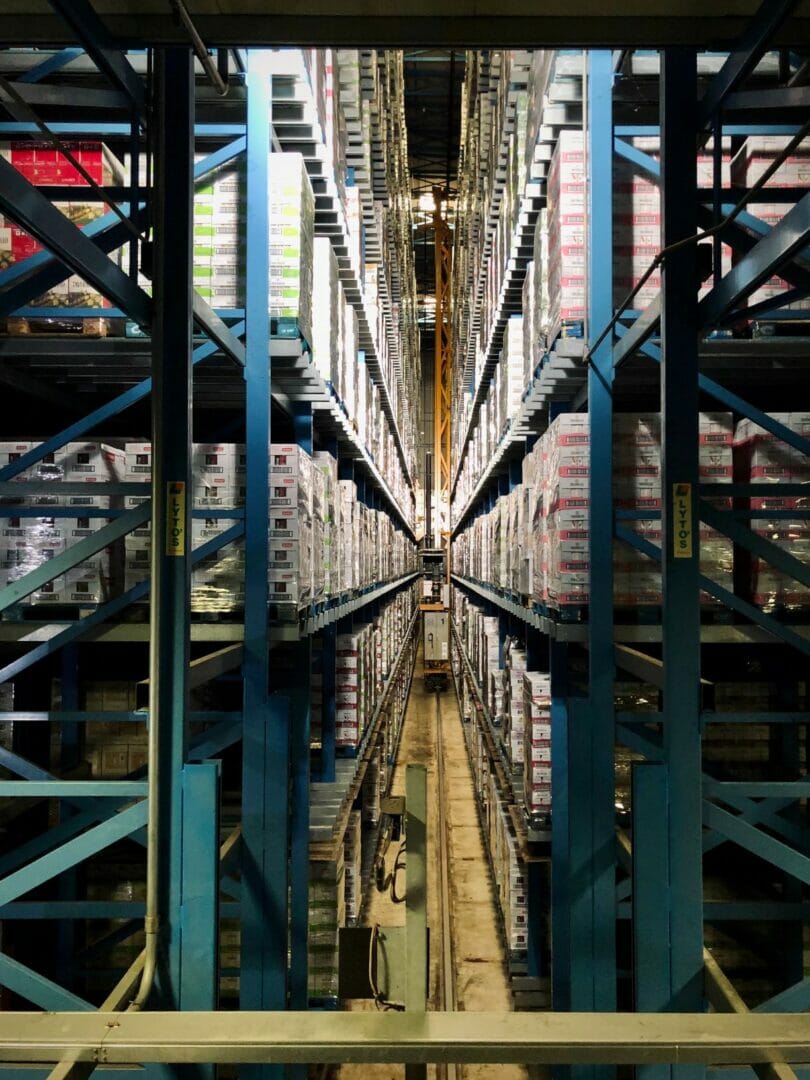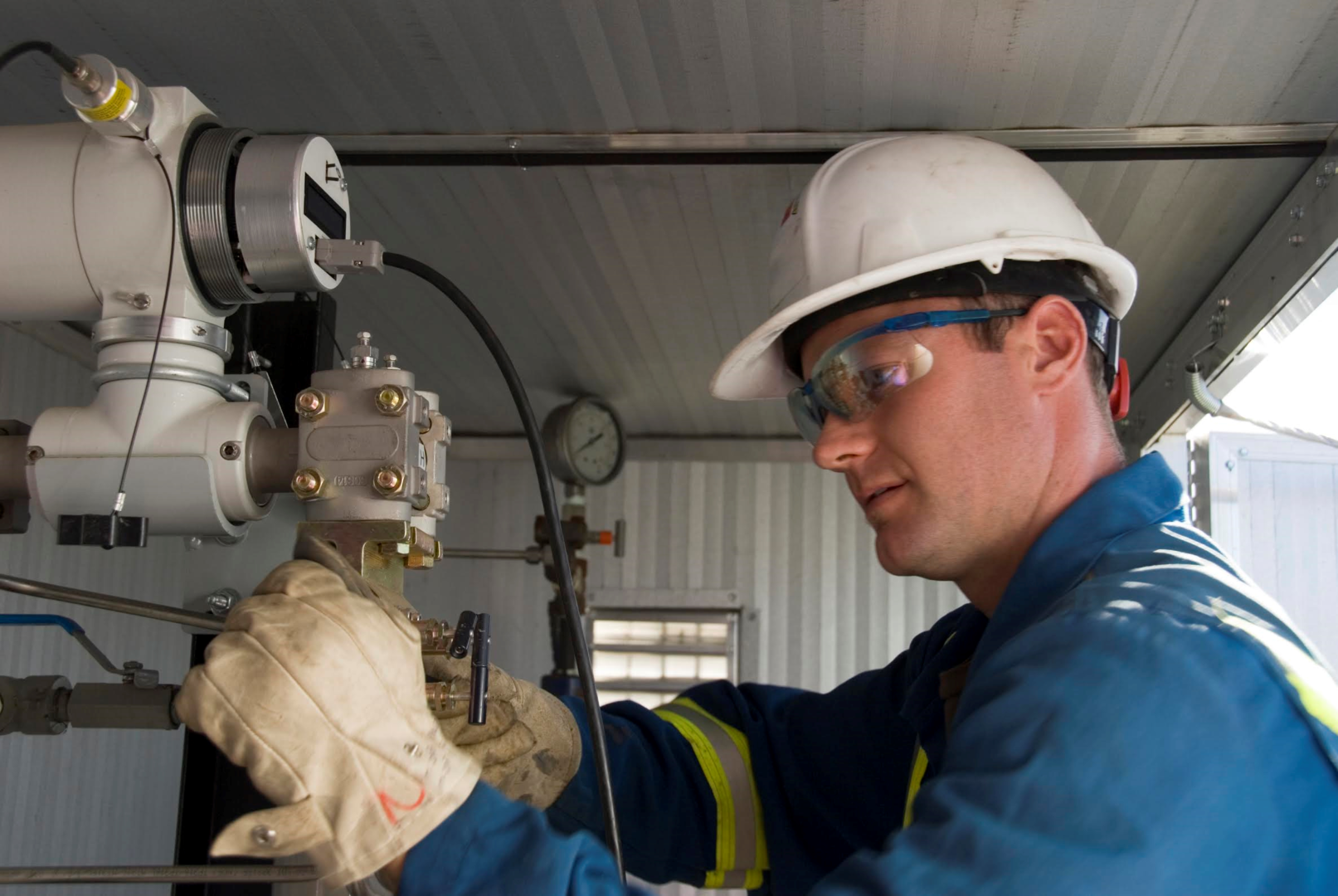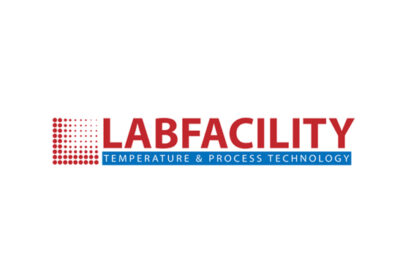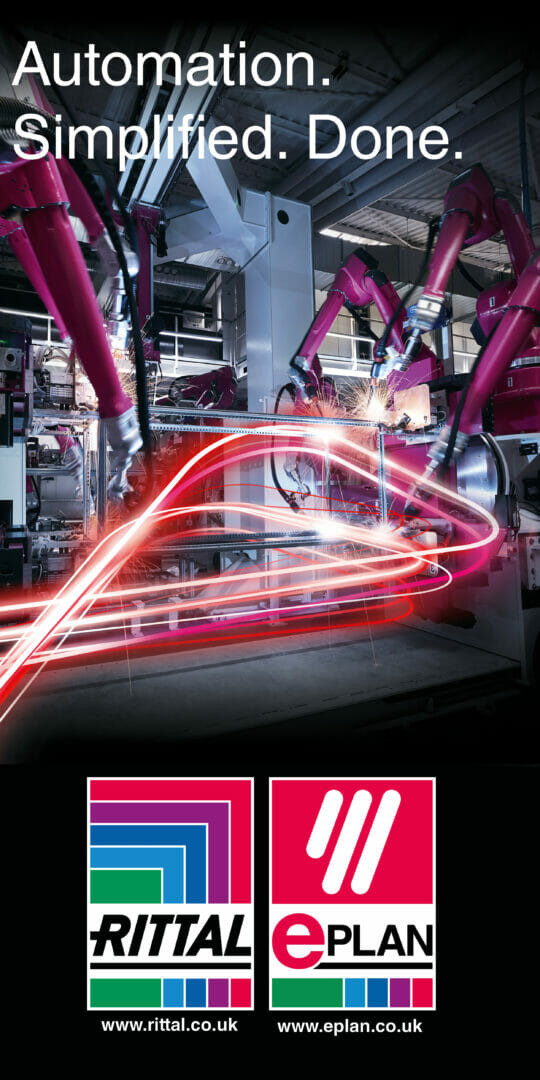~ Retailers are working hard to automate logistics and are edging closer to making the lights-out warehouse a reality ~
Sunlight was supposed to be the answer to COVID-19. However, fully automated warehouses that no longer need lighting or heating are helping to keep supply lines open during the pandemic. Here Neil Ballinger, head of EMEA sales at automation equipment supplier EU Automation, explains why retailers and distributors are investing heavily in fully automated distribution centres.
The COVID-19 pandemic has accentuated a divide between those companies that have embraced technology and those that have not. Retailers who had invested in automation and e-commerce fared better than their competitors. In 2020, the share price of Ocado, a British online supermarket, doubled while the share price of Marks and Spencer, a traditional high-street retailer, has halved. Clearly, in the eyes of investors the future of retail is online.
Pioneering logistics automation
Behind the scenes of the race to online shopping, retailers and distributors are working hard to automate their warehouses and gear them towards new shopping behaviours. Amazon has emerged as one of the pioneers in logistics automation. The first generation of logistics professionals at Amazon had cut their teeth at Walmart. When they started working for Amazon, they quickly learned that shipping individual parcels directly to end customers required a different set of processes compared to shipping pallets of goods to stores.
According to Brad Stone, the author of The Everything Store, Amazon executives realised that if they improved how orders were fulfilled, they could turn this into a competitive advantage. They invented a software to calculate the best way of combining the products in each individual order, factor in the address of the customer and ship it all in the least expensive way. Fast and cost-effective, picking, packing and shipping became a strategic advantage for Amazon.
Kill the lights
The next frontier in warehouse automation is to seamlessly integrate the processes of sorting, picking and packing. Boxing-up parcels has traditionally been a very labour-intensive process. Last year, Amazon started to invest in packing machines built by CMC, an Italian automation specialist, which pack up to 700 boxes per hour.
Automated packaging is currently booming. In Germany, Dm-Drogerie Markt, the country’s largest drugstore, has invested 100 million Euros into a new distribution centre. It contains state-of-the-art automation systems built by Swisslog, a Swiss logistics automation supplier. In the UK, The White Company, a clothing retailer, is planning to install a Quadient CVP Everest, also an automated packing machine, in August 2020.
Does a fully automated warehouse still need lighting? In a recent newsletter, Swisslog’s Paul Stringeman described the distribution centre of the future as follows: “no staff driving back and forth on forklift trucks, no load handlers examining products and picking items onto pallets, not even an electric light – just sky high racking, shuttles, lifts, robots, conveyors and autonomous vehicles choosing their own paths through the darkness”.
COVID-19 accelerated the use of technology in logistics. When a warehouse is fully automated, it no longer needs flickering neon tubes to keep running. Lights-out logistics is fast becoming a reality.
To find out more about sourcing the right industrial automation parts for your light-out operation, visit the EU Automation website.








